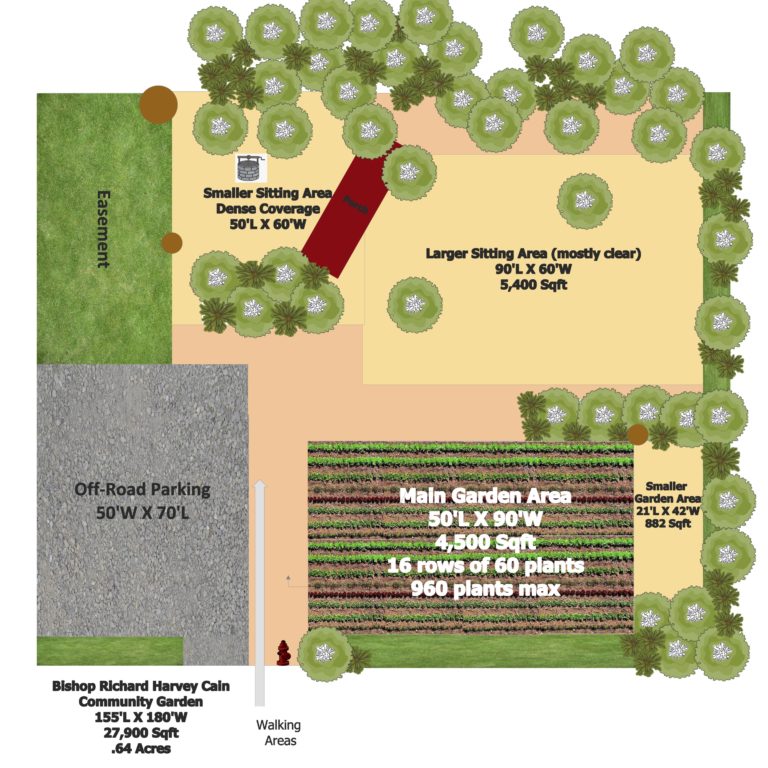
Former NBA player and coach and heart failure patient Don Chaney, who was diagnosed with hereditary ATTR-CM in 2019
By: Dr. Kevin Williams, Chief Medical Officer, Rare Disease, Pfizer
Last year, I had the opportunity to speak at the Balm in Gilead Healthy Churches 2030 Annual Conference alongside former NBA player and coach and heart failure patient Don Chaney. Don and I are both passionate about educating people about transthyretin amyloid cardiomyopathy or ATTR-CM, a disease that Don was diagnosed with in 2019.
ATTR-CM is a serious and often undiagnosed condition that affects the heart and is associated with heart failure. As the Chief Medical Officer for Pfizer’s Rare Disease Business Unit, I spent a lot of time studying this condition and the impact it has on patients and their families, and so together, Don and I sat down with Balm in Gilead members to talk about this condition and Don’s own journey to diagnosis.
In Don’s case, he has a specific type of ATTR-CM, one that is genetic, or passed down, and one that is more likely to affect African Americans. With April being National Minority Health Month, I thought now was the perfect opportunity to continue to raise awareness of this disease, reshare Don’s story, and encourage Black/African Americans with heart failure to talk to their doctors if they’re experiencing any symptoms associated with ATTR-CM.
What’s ATTR-CM?
The liver makes a protein called transthyretin (or TTR). For people with ATTR-CM, this protein changes shape, or “misfolds.” Over time, the misfolded proteins can collect in the heart and can build up in different parts of the body. This causes the heart muscle to thicken and stiffen, eventually leading to heart failure and other symptoms such as fatigue, shortness of breath, and swelling in the arms and lower legs. There are two main subtypes of ATTR-CM:
- Wild-type: The subtype associated with aging, which most often affects white/Caucasian men over the age of 60.
- Hereditary: the subtype Don has, which is passed down from a relative and caused by a gene mutation. The most common mutation associated with hereditary ATTR-CM in the US, known as V122I, is found almost exclusively in African Americans. Approximately 3% to 4% of African Americans are thought to have the V122I mutation, although not all individuals with the V122I mutation develop symptoms of hereditary ATTR-CM.
Don’s Story: A Long Road to the Right Diagnosis
Don had been experiencing frequent heart-related symptoms, including fatigue, palpitations, and shortness of breath for a few years. Knowing his mother and grandmother both passed away from heart disease, he underwent several tests and procedures, until he was finally diagnosed with heart failure. But that wasn’t the full story.
For about 10 years before that, Don had also suffered from carpal tunnel syndrome, knee pain and swelling in his hands and feet. He just assumed his symptoms were caused by years of playing professional basketball. He never made the connection that these symptoms could be related to his heart, and therefore, never mentioned that part of his medical history to his doctor. After speaking with his cardiologist, Don learned that some symptoms of ATTR-CM can mimic more common symptoms of heart failure, while other symptoms may not typically be associated with a heart condition. For Don, and many others, this often leads to a delayed or incorrect diagnosis, especially since even some doctors are unfamiliar with ATTR-CM.
 Hereditary ATTR-CM is a Family Matter
Hereditary ATTR-CM is a Family Matter
Don has worked closely with his cardiologist to manage his hereditary ATTR-CM and his wife, Jackie, also plays an important role. As his caregiver and advocate, Jackie helped Don navigate his journey to diagnosis, and once his ATTR-CM was confirmed, she ensured Don took immediate steps to address it and get on a treatment plan.
After he was diagnosed, Don also spoke with his three adult children, sisters, and brothers about getting genetic testing and counseling to find out if they might also have the gene mutation that causes hereditary ATTR-CM. Several followed his advice, and as a result, one of his family members found out she also has the gene mutation, so now she is closely monitoring any symptoms of hereditary ATTR-CM with the help of a cardiologist.
What You Can Do About ATTR-CM
If you’re Black/African American, experiencing seemingly unrelated signs and symptoms (eg, irregular heartbeat, fatigue, shortness of breath, carpal tunnel syndrome) or have a family history of cardiac issues, and have been diagnosed with heart failure, talk to your primary care doctor or an experienced cardiologist. Whether they seem related or not, it’s important to share all of your symptoms. This will allow your doctor to get a full picture of your past and current medical history to help make an appropriate diagnosis.
If you need some help, here are some great questions to help you start the conversation with your doctor:
- Based on my symptoms, medical history, and family history, do you think ATTR-CM could be the cause of my heart failure?
- Do you have experience diagnosing ATTR-CM, or can you recommend a local specialist?
- Do I need additional tests to confirm my diagnosis? If so, whom at your office should I speak with, and will the results of my test impact my treatment plan?
- How quickly could this condition progress?
- I understand this condition expresses itself in a variety of ways. Should I seek additional specialists to be a part of my care team?
- Are there any resources you recommend for emotional and mental support or additional information on ATTR-CM?
- If ATTR-CM is determined to be the cause of my heart failure, what options are available to help manage my condition?
So, what’s next after you’ve been diagnosed? Each person’s experience is unique, but genetic testing and counseling are recommended as directed by your doctor to find out if you have the hereditary type. If you do, it’s important to notify your family members, like Don did – especially siblings and adult children – as they could be at risk for the disease.
For more information about hereditary ATTR-CM and resources that can help you discuss symptoms with your doctor, visit www.yourheartsmessagewithdon.com. You can also learn more about Don and Jackie’s story, from their recent interview with Dr. Seele on Dr. P on the Podcast.
Content sponsored and provided by Pfizer Inc. 
© 2002-2021 Pfizer Inc. All rights reserved. PP-R1D-USA-0922






 Hereditary ATTR-CM is a Family Matter
Hereditary ATTR-CM is a Family Matter Pfizer Facebook
Pfizer Facebook Pfizer Twitter
Pfizer Twitter Pfizer Instagram
Pfizer Instagram Pfizer LinkedIn
Pfizer LinkedIn













